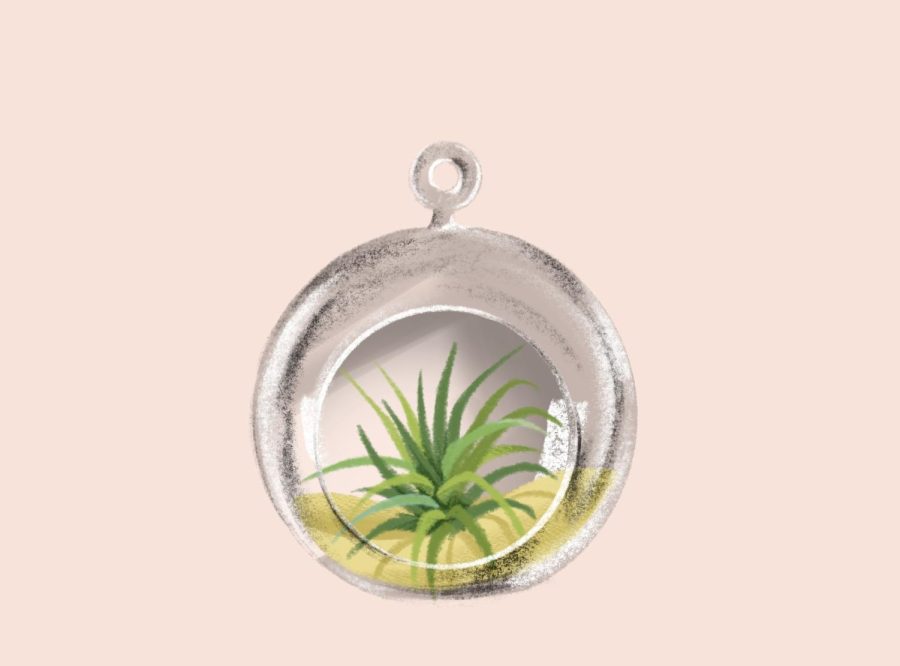Different gardening options provide tasty food recipes
With National Gardening Day just around the corner on April 14, there’s no better time to learn the art—and science—of gardening. Gardening has been a part of human history for 23,000 years and has changed the lifestyle of humans. Nowadays, gardening provides many benefits: it boosts the aesthetic of an environment, reduces carbon dioxide and promotes physical and emotional well-being. Growing your own food also gives you access to fresh fruits and vegetables, perfect for a variety of tasty recipes ranging from breakfast to dessert. Although gardening may seem com- plicated and time-consuming, anyone can reap the benefits of gardening with just a pot, some seeds, soil and sunlight.
Green Beans
For novice gardeners, green beans are a great starting vegetable. Green beans can be grown indoors or outdoors, though indoor gardening may be more convenient for most people. For indoor growing, the bean seeds should
be planted about an inch deep in some compost-enriched soil. With regular watering, a room temperature of at
least 60 degrees Fahrenheit and six to eight hours of sunlight each day, the beans can be harvested whenever the pods have reached the desired size. In most cases, the beans should take 50 to 65 days to harvest. Green beans can be used in a plethora of dishes, including casseroles, green beans with tomatoes or sautéed green beans.
Strawberries
For a fruit option, gardeners can use strawberries. Like green beans, strawberries can flourish in both an indoor and outdoor setting. To grow strawberries indoors, plant them in a pot with good drainage or with soil that allows the water to leak through at a moderate rate. Strawberries require around eight hours of sun-
light each day, frequent watering and organic fertilizer meant for fruit-bearing plants. For outdoor growing, strawberries should be planted in dry soil that can get a copious amount of sunlight. Strawberries are usually ready for harvesting four to six weeks after they blossom. Strawberries are a versatile food item and can be used in recipes ranging from cakes to smoothies.
Figs
Figs are another great option for those with little gardening experience. Just like green beans and strawberries, figs can be grown both indoors and outdoors. For indoor gardening, place the fig tree in a pot and put the pot in an area with access to six or more hours of bright, direct sunlight. Depending on the humidity of the environment, figs should be watered a couple of times a week. For outdoor gardening, the fig tree should be planted in early spring. Fig trees thrive in well-drained soil that contains organic material and has access to lots of sunlight. For impatient gardeners, fig trees are not recommended since they can take eight to 10 years after planting to bear fruit. However, the wait is
well worth it because figs can be used in a variety of items such as jams, pies and cakes.
Your donation will support the student journalists of Henry M. Gunn High School. Your contribution will allow us to purchase equipment and cover our annual website hosting costs.


